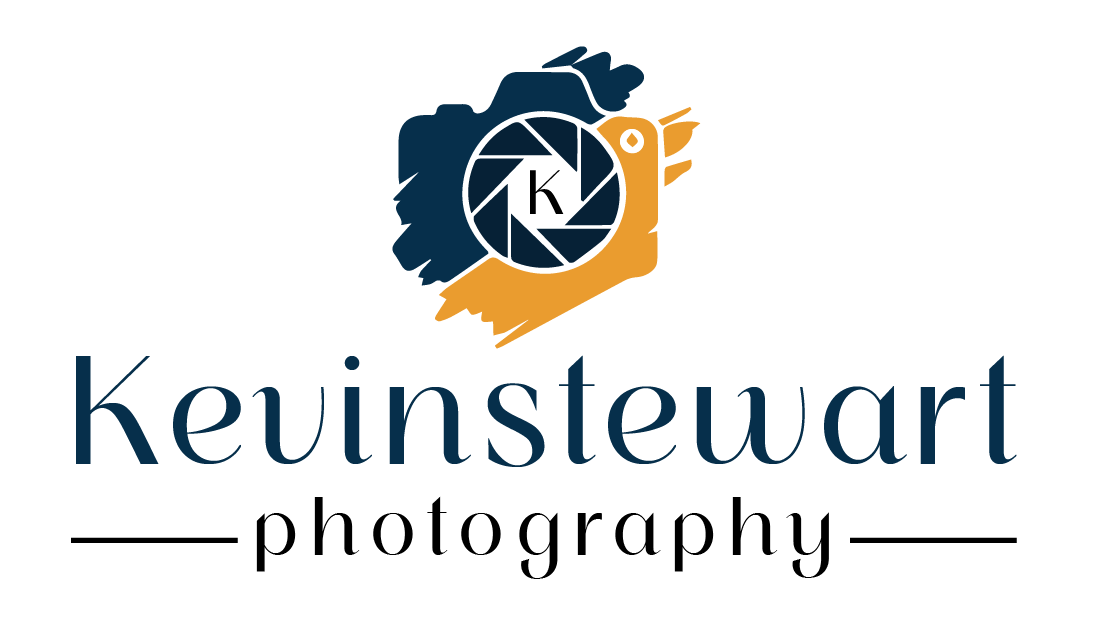Travel photography is a type of art and enables you to imprint the beauty, culture and nature of the places you come to in your life. You may be an expert photographer or an amateur one; however, your skills can get you to capture beautiful images that can narrate your escapades. These are some critical tips of travel photography so that you can make the most of your experiences and make memorable shots.
1. Know Your Gear
Choose the Right Camera
Though the quality of pictures to be captured with high-end cameras may be excellent, you do not have to have the latest model to capture great travel pictures. The current generation of smartphones boasts of good camera features. Select a camera that matches your requirements and level of comfort, and it could be a DSLR, mirrorless camera or a smartphone.
Pack Smart
- Limit yourself to the equipment you will be using when you travel. Consider bringing:
- An adjustable light tripod based on stability in low-light situations.
- Additional batteries and memory cards to prevent the possibility of power or space run-outs.
There should be a lens or two to match your style of work, a wide angle lens to capture landscapes or a zoom lens to capture wildlife.
2. Embrace Natural Light
Golden Hours
The golden hours are usually the most suitable to take photographs, which are in the early morning, immediately after the sun has risen, and at night before the sun sets. The warm glow of light at these periods can be used to give a magical touch to your shots. The low sun is also able to produce long shadows and increase the textures.
Avoid Harsh Midday Sun
A high sun in the sky may cause very severe shadows and bad light. Should you have to shoot at this period, seek shady spots or use diffusers to tone down the lights.
3. Composition Techniques
Rule of Thirds
The rule of thirds can be used to make the images balanced and attractive. Suppose that you break up your frame into a grid of nine equal parts. Key elements in position to generate the composition more dynamically along these lines or at their points of intersection.
Leading Lines
Use leading lines in order to attract the attention of the viewer into your photograph. The scene may be taken through roads, pathways, rivers, and lines of architecture that may lead the viewer through the scene in order to add depth and interest.
Framing
Envelop your subject using natural elements. Trees, doorways and arches can provide a feeling of depth and context and be of benefit in making your subject stand out as well as provide layers to your composition.
4. Capture the Culture
Document Local Life
Candid shots of local people and their everyday life. Your photography of the travel can be further enriched by communicating with locals and recording their narrations. Ask permission, particularly where other people are involved.
Festivals and Events
When you are traveling through local festivals or events, you should take the opportunity and enjoy the color of the situation. These events are special events to document the culture, colors and emotions.
5. Post-Processing
Edit Thoughtfully
Post-processing can improve your photographs and make them look the way you want them to be. Edit the exposure, contrast and the color balance using editing software. But do not over-edit, but to make a realistic representation of the scene.
Organize Your Photos
But once you have travelled, arrange your photos in folders or albums. With this practice, you are able to keep track of your memories and share your photos with your friends and relatives easily.
Conclusion
Travel photography is an ideal building for capturing your journeys as well as providing others with your experiences. With these tips, you will be able to discover the soul of your travels and make everlasting memories with your pictures. Also, it is important to be spontaneous and to have fun along the way as sometimes the best things come at the least expected moments.
Frequently Asked Questions (FAQs)
1. What are the camera settings to use in traveling photography?
In the case of travel photography, begin with a middle level of the ISO (100-400) in the clear weather. On portraits, a wider aperture (f/2.8 to f/5.6) needs to be used to give depth of field and on landscapes, the aperture should be smaller (f/8 to f/16). To avoid being blurred, change your shutter speed depending on the motion and the amount of light in your shot.
2. What can I do to capture better shots when I am traveling alone?
Travelling alone means you have an advantage of time and you get to take pictures of what really matters to you. Self-portraits should be done using a tripod and group shots using a camera at a time. Communicate with the local people and understand their culture because this can guide you to find some unusual photo opportunities. Do not be afraid to enlist the assistance of other tourists in taking pictures of you in the scenic places.

